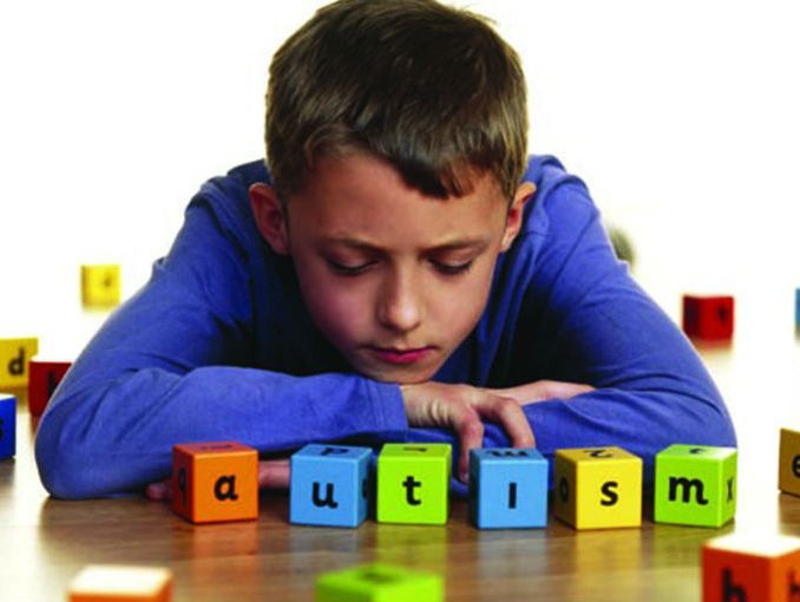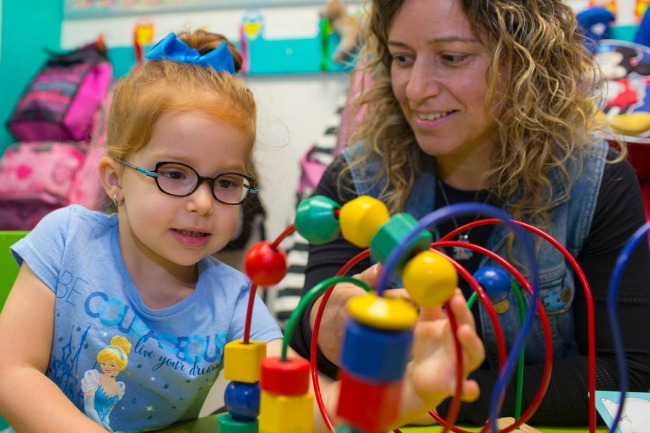
“He recognizes that we are equally strange to each other, and that my way of being
It's not just a deteriorated version of yours.”
Jim Sinclair, 1992
Most of us have probably heard about Autism Spectrum Disorders (ASD) at some point, or at least have heard of autism. Sometimes we have a vague idea of what these terms mean, and other times we know people close to us who have this diagnosis.
The purpose of this article, which involves me as a psychologist but also as an educator and a parent, is to provide some clues for the early recognition of signs that may be related to ASD. On the one hand, because early diagnosis is very important to start treatment at an early age, and on the other, because knowing how a child with ASD learns helps educators to provide the child with the most appropriate strategies for learning.
Autism Spectrum Disorders (ASD), also called Pervasive Developmental Disorders (PDD), refer to an alteration in a person's cognitive development that manifests itself, according to the DSMV (Diagnostic and Statistical Manual of Mental Disorders), in the following areas:
a) Persistent deficits in communication and social interaction.
b) Restricted and repetitive behaviors, interests and activities.
These disorders cover a wide range of manifestations, from Kanner's autism, with a lack of language and significant difficulties in cognitive development, until Asperger Syndrome, which can have a high degree of intellectual development. A well-known example of Asperger Syndrome is the character Sheldon from the series “The Big Bang Theory”. Between these two extremes, there is a great diversity of manifestations with different degrees of alteration in the aforementioned areas.
How can these deficits in communication and social interaction be observed in a child? (García, 2002)
In communication:
- Echolalias. These consist of the repetition of a word or phrase, sometimes immediately, sometimes in a delayed manner. Additions may also appear in these repetitions.
- The child speaks about himself in the third person, does not say “I,” and may confuse possessive determiners: “mine,” “yours,” “his.”
- Limitation in vocabulary, especially in the use of verbs that relate to feelings, desires or moods.
- Particular way of speaking: monotonous, at times similar to that of a “robot”, with a particular intonation, or imitating phrases heard on television.
- They understand expressions literally. This is why they have a hard time understanding figurative meanings, metaphors and jokes.
- Pragmatic problems. Speech may appear inadequate, irrelevant, or lacking a guiding thread.
- They think much more in images than in words. For this reason, they usually understand more quickly when they are presented with images associated with words or situations. They usually have an excellent visual memory.
- They have difficulties with symbolization. They have difficulty associating words with their meaning.
In social interaction:
- Difficulties arise in making eye contact with the interlocutor.
- Difficulties with communicative gestures, such as pointing or holding hands to get an object.
- Problems establishing shared attention with another person towards a certain object or situation.
- The child is often absorbed in his play and does not make contact with the adult who is watching him. When the adult speaks to him, he seems not to be listening.
- They have a hard time empathizing, putting themselves in someone else's shoes, imagining what they might be thinking or feeling.
How do restricted or repetitive behaviors, interests, and activities manifest themselves? (DSMV, 2013)
- Stereotyped motor movements (e.g. “flapping”) and restricted activities appear.
- They react in unusual ways to certain external stimuli, which may even provoke screaming or angry reactions. They may also show an unusual interest in sensory aspects of the environment.
- They usually have exclusive topics of interest that capture attention (e.g.: animals, cars, a specific scientific area).
- They are rigid in their behavior and routines. Changing routines can have a big impact on them.
- Difficulties appear in symbolic play and fantasy.
 The author Ángel Rivière (2003) gives us some elements to suspect the presence of an ASD in the earliest stages of development, during the first year of a baby's life. Babies under five months old smile little, do not pay attention to people, are quite indifferent to caresses, their crying persists for no apparent reason, and they do not usually show joy when their parents return home.
The author Ángel Rivière (2003) gives us some elements to suspect the presence of an ASD in the earliest stages of development, during the first year of a baby's life. Babies under five months old smile little, do not pay attention to people, are quite indifferent to caresses, their crying persists for no apparent reason, and they do not usually show joy when their parents return home.
Recognizing several of these signs present in a child's behavior does not mean that they correspond to an ASD. In any case, there is an inventory designed by Angel Rivière that can help us know when it is necessary to consult a professional specialized in the subject. This inventory is called IDEA and is available on the internetAn early diagnosis will allow for early intervention and thus the possibility of a better evolution in the child's socio-cognitive-affective development.
As the opening line says, it is very important to understand that a person with ASD does not have “deficiencies,” but rather a way of seeing and understanding the world that is very different from that of people who do not have the disorder. There are people with ASD who have made enormous contributions to humanity. Zoologist and ethologist Temple Grandin, who was recently in our country, is one of them.
Ps. Juan Goycoechea
To expand and continue reflecting:
→ Information and links about ASD – http://www.infortea.com/recursos/enlaces-de-interes
Kanner’s Autism – “My Little Brother from the Moon”
Asperger Syndrome – «Dr. "Sheldon Cooper"
Uruguayan boy with ASD – “Bruno goes to school”
Literature
- American Psychiatric Association (2013). DSM-V-TM Diagnostic Criteria Reference Guide. Arlington: American Psychiatric Association.
- García, María del Pilar (2002). Communication disorders in autism. Galician-Portuguese journal of psychology and education, (pp. 412-414).
- Riviere, Angel (2003). Selected Works. Volume II. Language, Symbolization, and Developmental Disorders. Madrid: Panamericana.